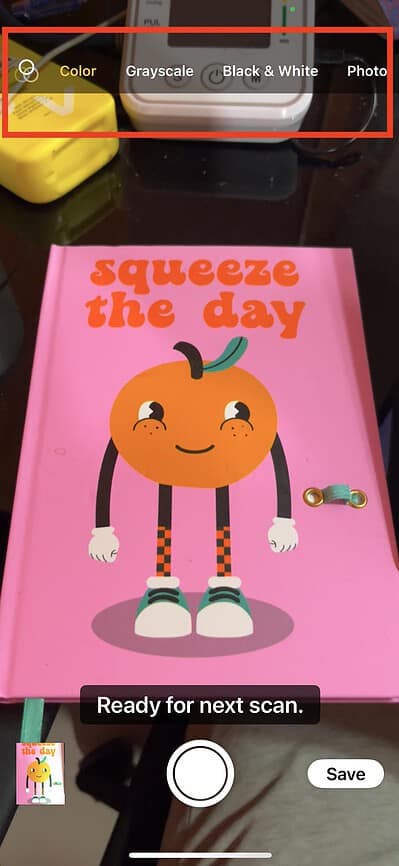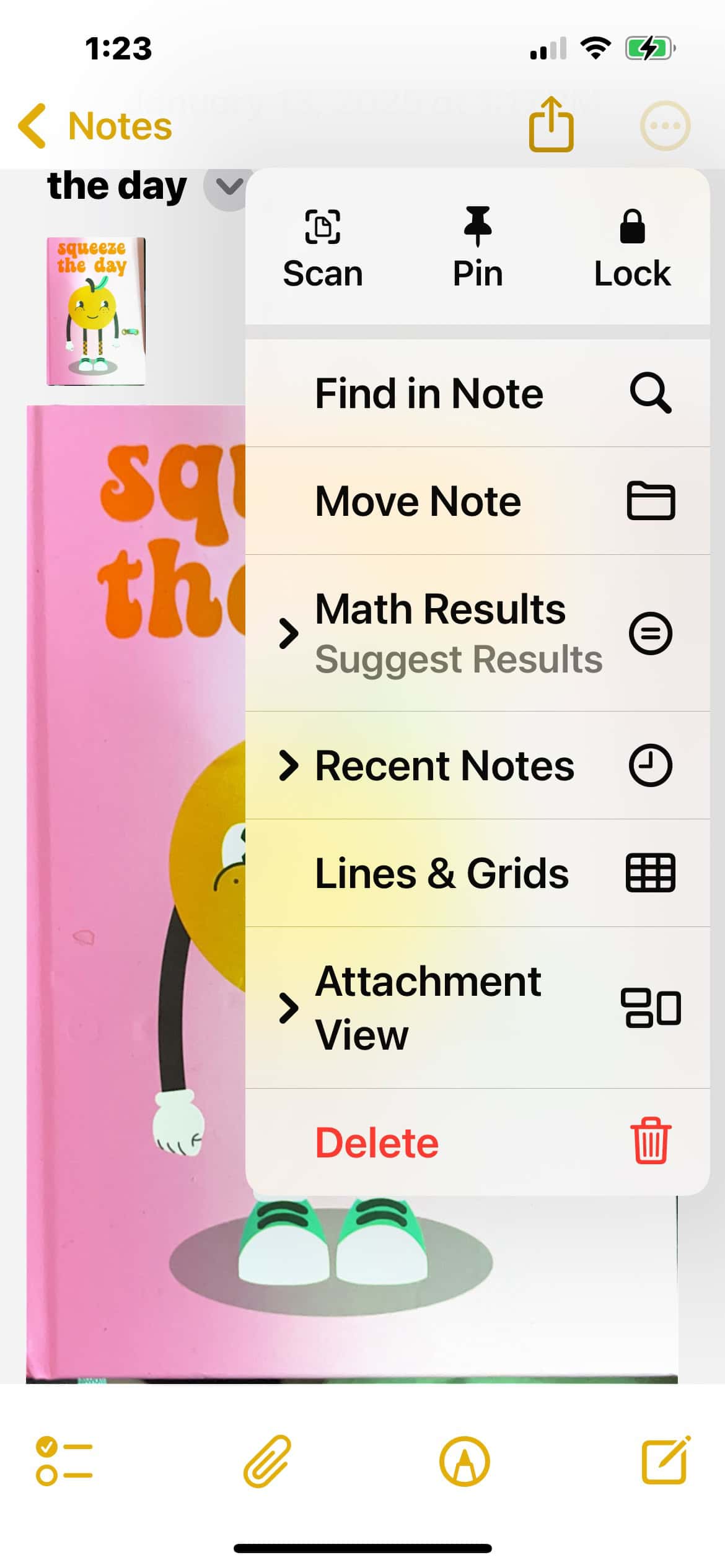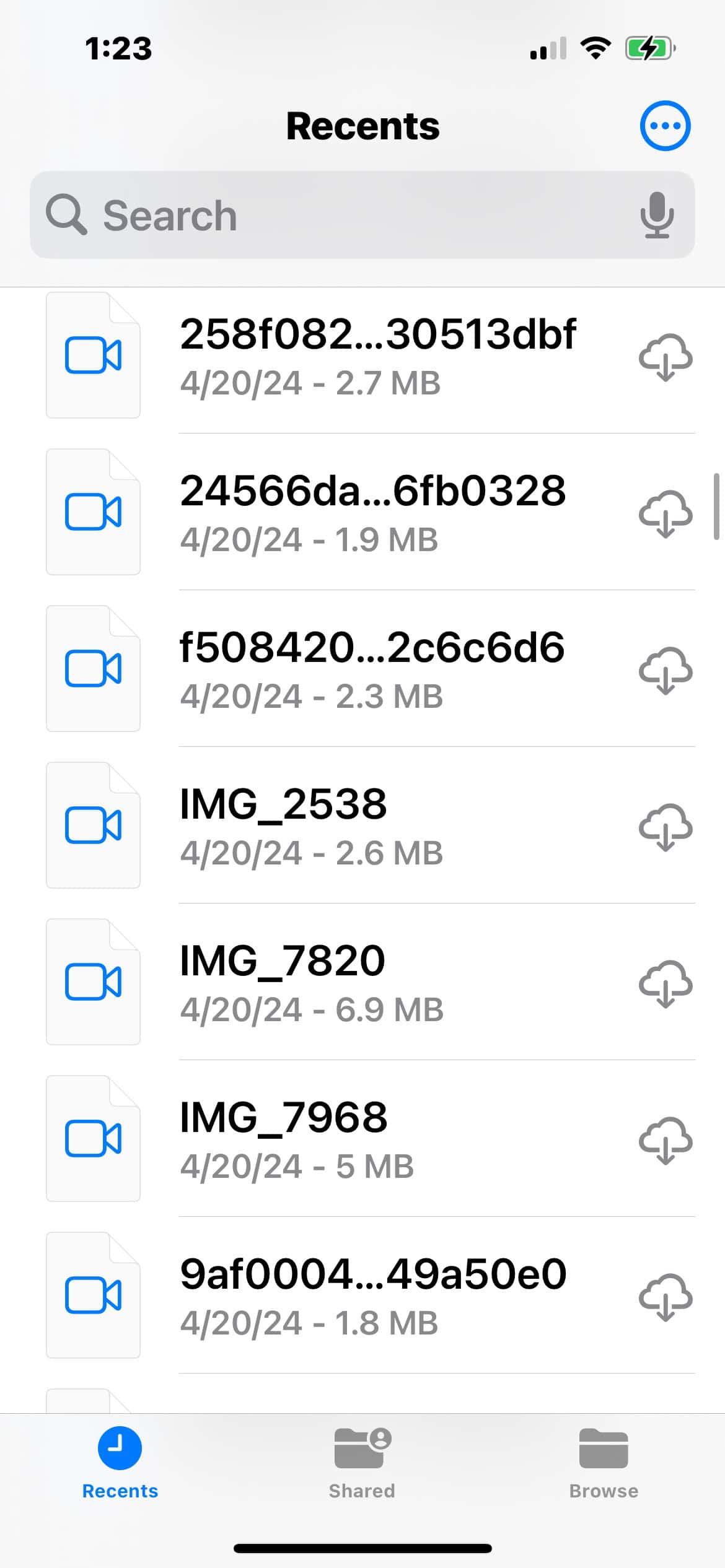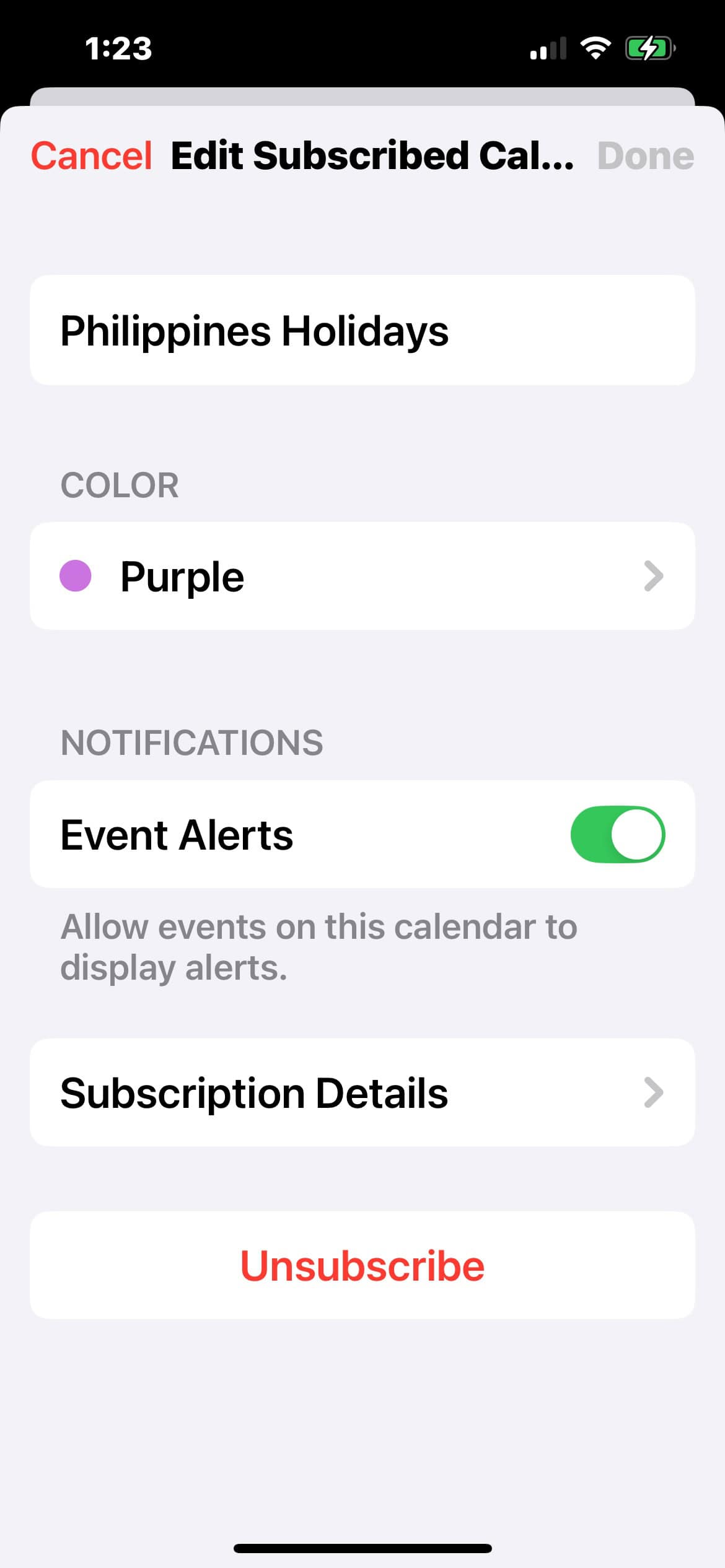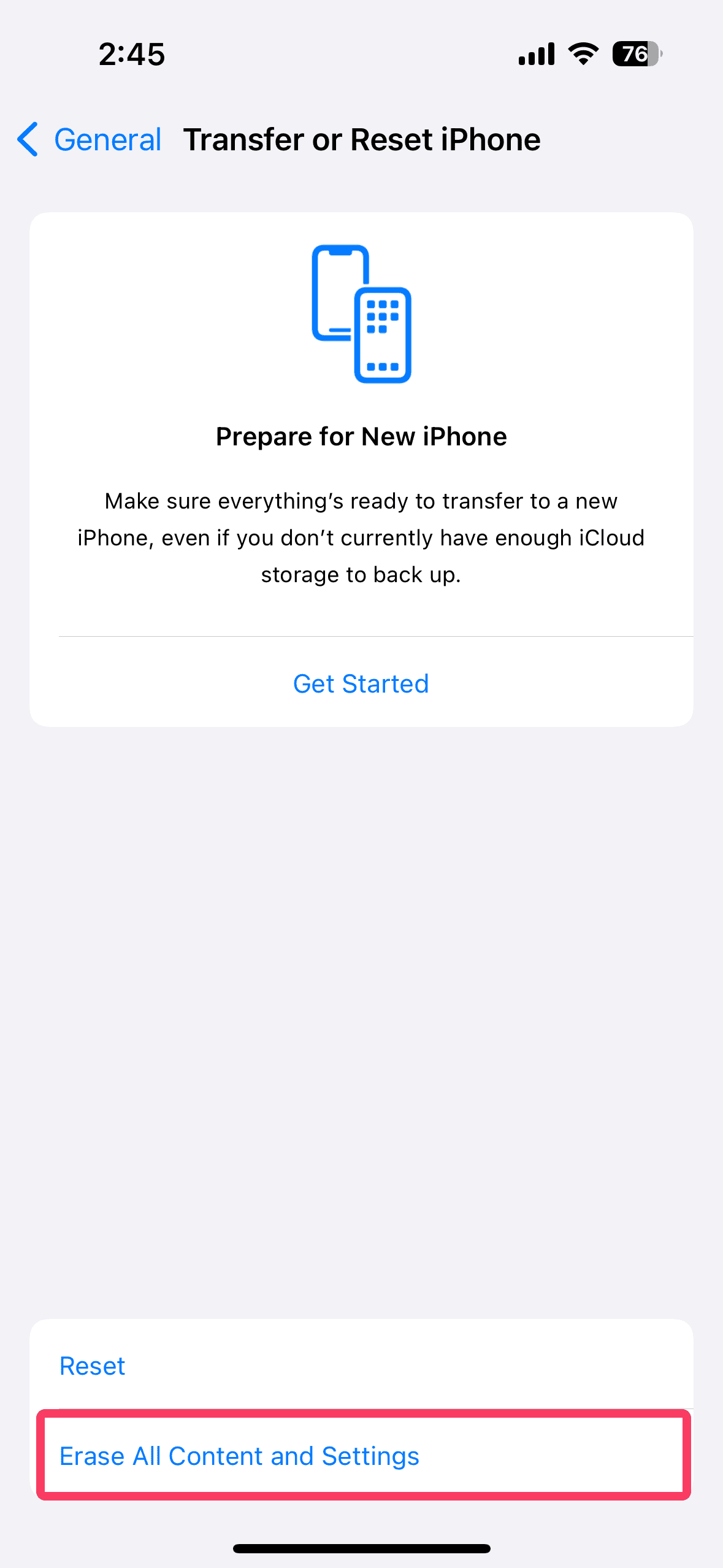The Notes app makes it super-easy to scan documents. Back in college, I had to visit printing service providers to create digital copies of physical files. Now, I can just use my iPhone. It’s really convenient. The feature works fine for the most part, but after updating to iOS 18, I noticed that document scans started consuming large storage space. HD media assets, app cache, and visual notes already eat up a lot, so I don’t need the Files app to do the same.
It’s easy to call this an update glitch. On the contrary, your iPhone is producing clearer, higher-definition graphics. If that’s not a priority for you, here’s how to reduce their overall file size.
What to if Document Scans Are Large After iOS 18 Update
1. Switch to Black and White or Grayscale Scanning
Time needed: 5 minutes
iOS 18 now defaults to full-color scans when scanning documents. As expected, they consume a lot more space. Full-color mode captures more detail by storing a wider range of color information in each pixel. You might not need this level of definition for simple documents. The best workaround is to switch to grayscale or black-and-white filters whenever possible. Follow these steps:
- Open the Notes app and create a new note or open an existing one.
- Tap the Camera icon and select Scan Documents.
- Position your document and let the scanner capture it automatically.
- Tap the Filters icon (three interlocking circles) in the top-right corner.
- Select Grayscale or Black & White based on your preference.
- Save the scanned document.
2. Compress Scanned Documents
The Notes app automatically stores scanned documents in a high-resolution format to maintain quality. However, large file sizes are impractical for storage and sharing. You can use compression tools to reduce unnecessary metadata and resize images without compromising quality too much.
- After scanning, tap the Share button in the Notes app.
- Select Save to Files to store the document on your device.
- Open the Files app and locate the saved document.
- Use a third-party compression app like PDF Expert or SmallPDF to reduce the file size.
- Save or share the compressed file as needed.
3. Scan Smaller Batches
Scanning large documents all at once increases processing demands and creates oversized files or missed optimizations. It’s especially an issue with colored scans. Your only workaround is to break down scans into smaller batches to reduce strain on the system.
- Open the Notes app and create a new note.
- Tap the Camera icon and select Scan Documents.
- Scan three to five pages at a time, depending on the complexity of the content.
- Save each batch before starting the next.
4. Delete Unnecessary Scans
If your scans are still taking up too much space, a temporary fix is to delete unnecessary scans. I know it’s a band-aid solution, but it’s something you can do while troubleshooting.
- Open the Notes or Files app and locate your scanned documents.
- Long-press the document you want to delete.
- Tap Delete from the context menu.
- Confirm the action once prompted.
5. Scan for Malware
Malware can bloat scanned files by embedding hidden data or adding unnecessary overhead during file creation. This often occurs after installing unverified apps or encountering suspicious calendar prompts. Identifying and removing these threats not only restores your scanned files but also safeguards your privacy.
- Open the Calendar app and unsubscribe from events that you don’t recognize.
- Go to Settings > General > Storage and check your list of apps—delete anything that you didn’t install.
- Watch out for pop-ups, especially if they appear on every site you visit.
7. Factory Reset iPhone
If you still can’t pinpoint the main culprit, consider factory resetting your iPhone. It’s a drastic yet effective way to revert whatever app, misconfiguration, or feature is interfering with your Notes app. Just remember to back up your data beforehand. You’ll need it once you’re setting up your iPhone again, although I suggest testing the Notes app before restoring.
- Go to Settings > General > Transfer or Reset iPhone.
- Tap Erase All Content and Settings.
- Select Continue to confirm the action.
- Wait for the device to restart, check the Notes app again, and restore from iCloud once you’re ready.
Should issues persist, call Apple Support. Certified technicians can guide you through more complex software troubleshooting steps. And although the chances are slim, they’ll also advise if you need to send your device for repairs. In the meantime, you can also try scanning documents on your iPadOS 18 device—try comparing file sizes across the ecosystem.


